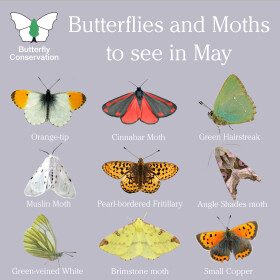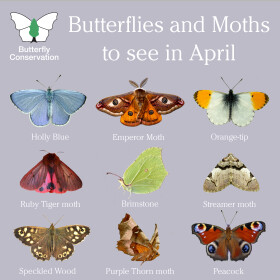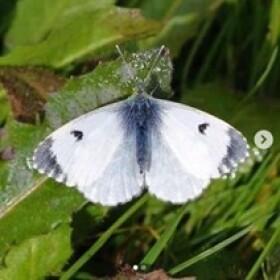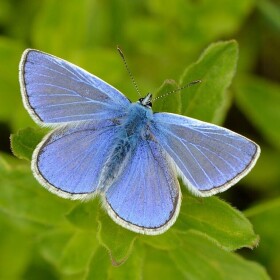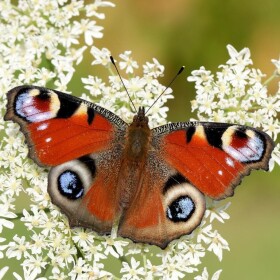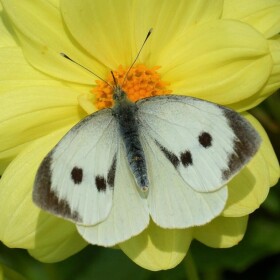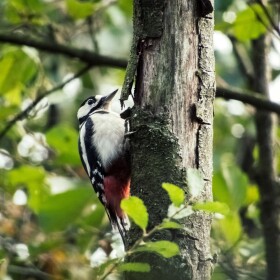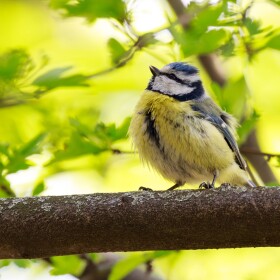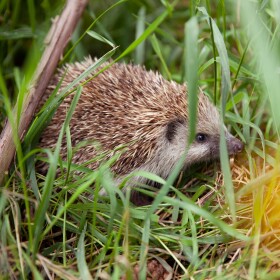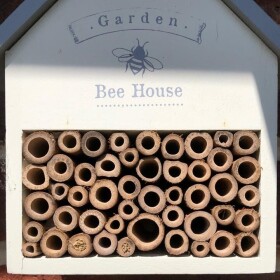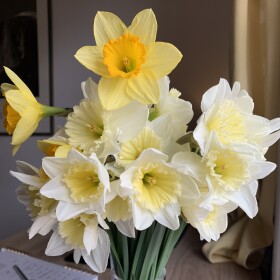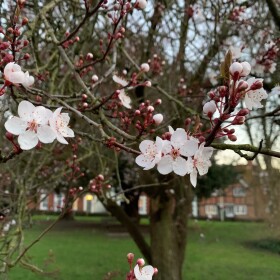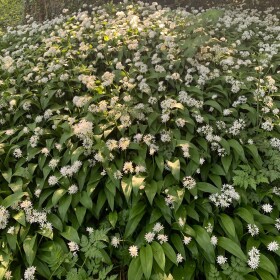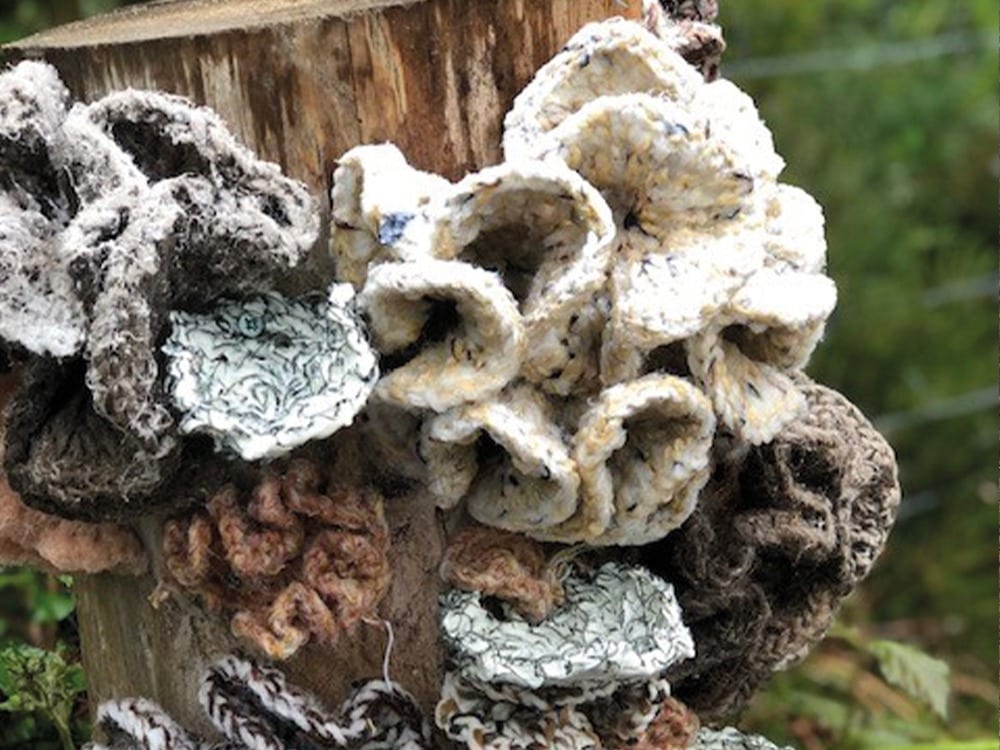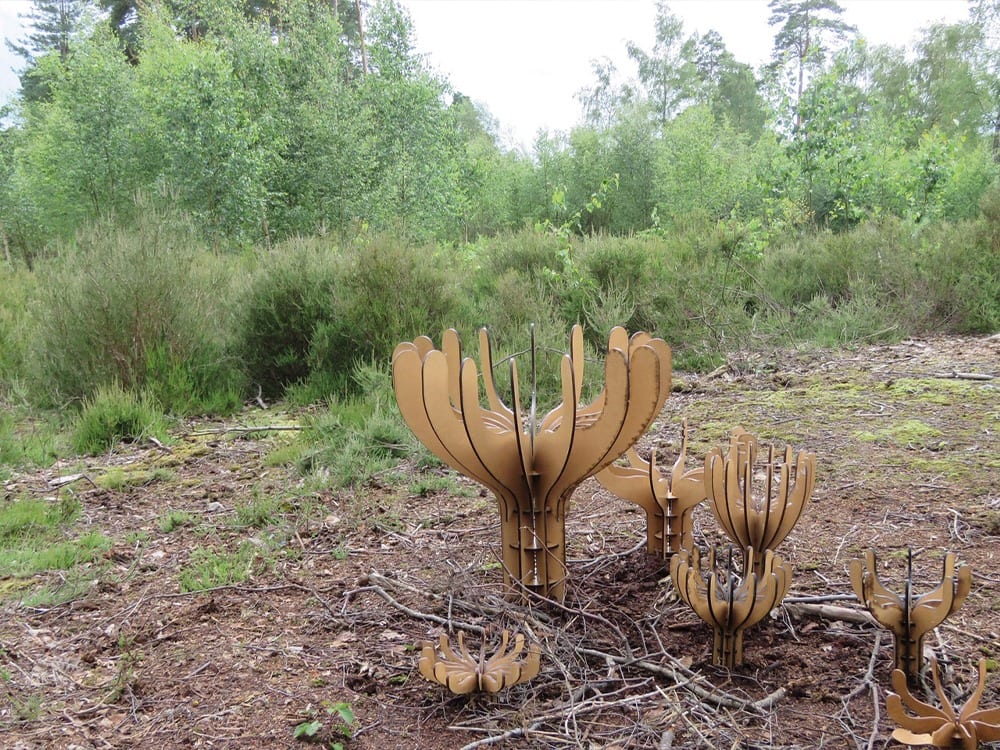As lockdown measures ease and the weather improves, Surrey Hills Area of Outstanding Natural Beauty remains a popular destination for both locals and visitors.
The past year has drawn more people than ever towards our green spaces in an effort to find fresh air for exercise and to reconnect with nature.
The Government’s roadmap out of lockdown sees measures eased this week, with the relaxation of the ‘Stay at Home’ rule, meaning outdoor gatherings of either six people or two households will be allowed, making it easier for friends and families to meet outside. From Monday, 12th April, non-essential retail will be able to open including most outdoor attractions and settings and hospitality venues will be allowed to serve people outdoors.
These dates also coincide with the Easter break, school holidays and improved weather, all factors that will see a greater volume of visitors head to the Hills for recreation and relaxation.
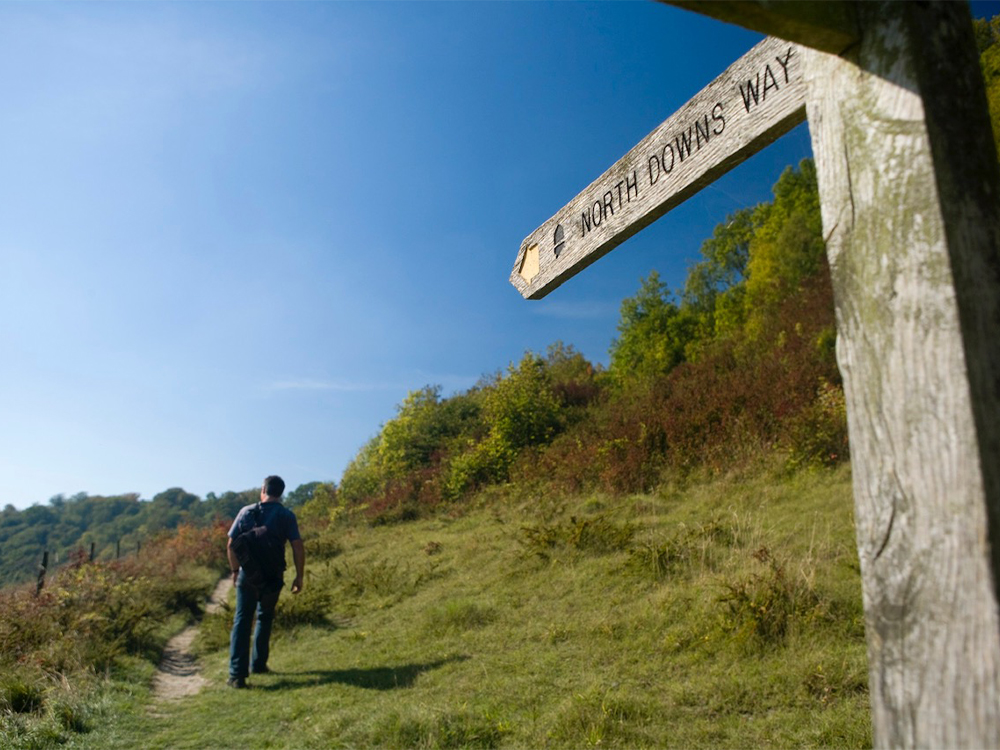
Heather Kerswell, Chair of the Surrey Hills AONB Board says: “As lockdown measures slowly ease over the coming months, we expect the Surrey Hills to attract a greater volume of visitors. It is important that those who do come follow the Countryside Code and our guidance to ensure a safe and enjoyable visit. We encourage those who do come to seek out the less well-known areas of the Surrey Hills and keep away from the busy beauty spots where it will be harder to socially distance. Please remember to respect, protect and enjoy the outdoors and where possible support the local business community who very much need our custom at this time”.
We encourage residents to be tolerant and visitors to be kind as we see an increased enthusiasm for the Surrey Hills over the coming months. In-line with the newly launched Countryside Code we’ve set out our top tips for visiting this Area of Outstanding Natural Beauty to ensure the countryside is a safe place for all:
• We are aware that many visitors who love to walk and cycle will have greatly missed the Surrey Hills landscape, the views, and the well-known beauty spots. We advise you to avoid well-known sites such as Box Hill, Leith Hill and the Devil’s Punch Bowl which may become congested and therefore difficult to socially distance. Instead, why not visit lesser-known areas of the Surrey Hills.
• Please check before you travel that hospitality, car parks and facilities are open. Some local amenities such as loos may not have reopened yet.
• Take your litter home, leaving no trace of your visit. This keeps the Surrey Hills a special place for everyone. Please don’t light fires or BBQs unless there is a sign to say they are permitted. It is easy for a fire to get out of control and destroy rare habitats.
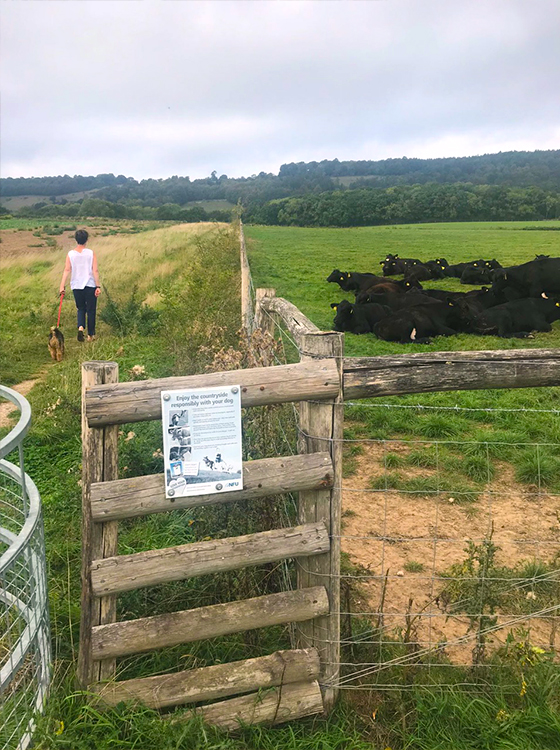
• Respect local wildlife and look after nature by being extra cautious and sticking to footpaths and bridleways so as not to disturb ground-nesting birds and other wildlife.
• Please be aware that our local farms are under great seasonal pressures during this time and we would encourage you to respect their needs by keeping dogs on leads and follow all designated footpaths and bridleways to keep yourselves and farm animals safe.
• Remember to consider the local community and other people enjoying the outdoors. Observe social distancing measures to help restrict the spread of the virus and ensure the countryside is a safe place for all
• We encourage you to continue supporting local during this time of transition and want to highlight all the wonderful products and services available on our doorstep in the Surrey Hills. Take a look at our list of businesses offering home deliveries, online support and services, gifts and inspiration.
• We hope that renewed enthusiasm for the Surrey Hills will translate into more people getting involved in caring for nature, wildlife, and the landscape. Remember to Respect, Protect and Enjoy – breathe deep, stride out, and give a cheery heartfelt hello to those you meet along the way!
Chris Howard, Chairman of Visit Surrey says: “Visit Surrey is delighted to welcome back our residents and visitors to the many attractions our county has to offer. It will, however, be a challenging time for the county’s most popular beauty spots and researching to find some of the Surrey Hills hidden gems may make for a more enjoyable and safer experience. Remember many places, even if they are free, will want you to book in advance. Also, toilets and other facilities will still be limited, so do plan your outings carefully.”
By being respectful of wildlife and the local community we can all benefit from an enjoyable visit to the Surrey Hills
Stephanie Fudge, National Trust General Manager for the Surrey Hills comments: “We would encourage all visitors to plan outings carefully and to check facilities are fully open. As wildlife emerges from the winter, we are seeing large numbers of ground-nesting birds across the Surrey Hills from March until early Summer. Their breeding success is critically dependent on not being disturbed and so we would ask that visitors are considerate, keep to paths and keep their dogs on leads in sensitive areas. By being respectful of wildlife and the local community we can all benefit from an enjoyable visit to the Surrey Hills.”
The Surrey Hills Area of Outstanding Natural Beauty (AONB) is one of 46 nationally protected landscapes in the UK, having equal landscape status and protection to a national park. The Surrey Hills AONB was designated on 8 May 1958, which makes it the first AONB in southern England to be designated (the first was the Gower Peninsula near Swansea in 1956). The Surrey Hills AONB stretches across a quarter of the county of Surrey and includes the chalk slopes of the North Downs from Farnham in the west to Oxted in the east, and extends south to the deeply wooded Greensand Hills which rise in Haslemere. The Surrey Hills Board is a Joint Management Committee which is funded by Defra, the National Trust, Surrey County Council and the local authorities within the Surrey Hills area.
For further information on the Surrey Hills Area of Outstanding Natural Beauty (AONB) visit www.surreyhills.org
Stay connected #SurreyHillsAONB Please follow @SurreyHillsAONB on Twitter & Facebook @SurreyHillsAONB and Instagram @surreyhillsaonb for the latest updates from the Surrey Hills Area of Outstanding Natural Beauty.



Share your local news with us here








